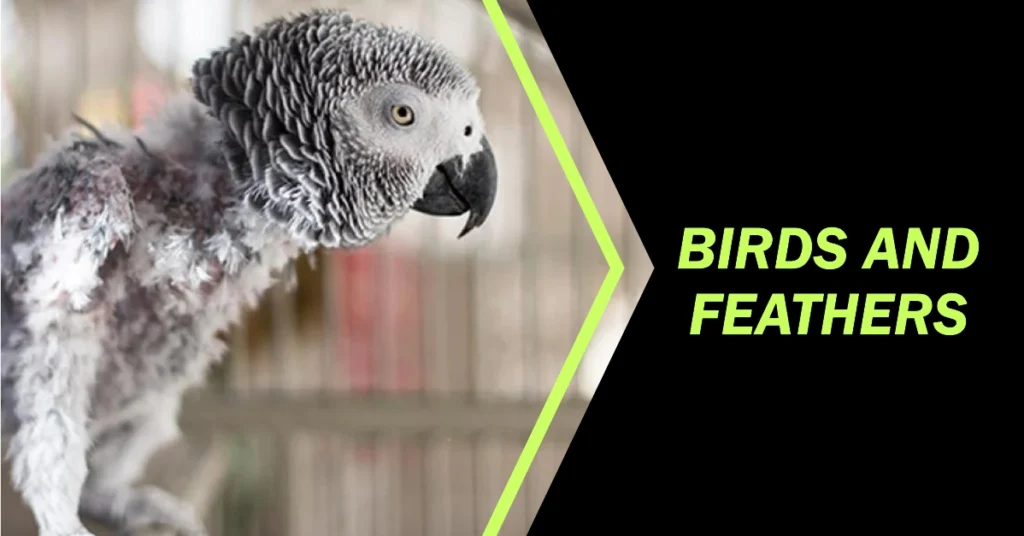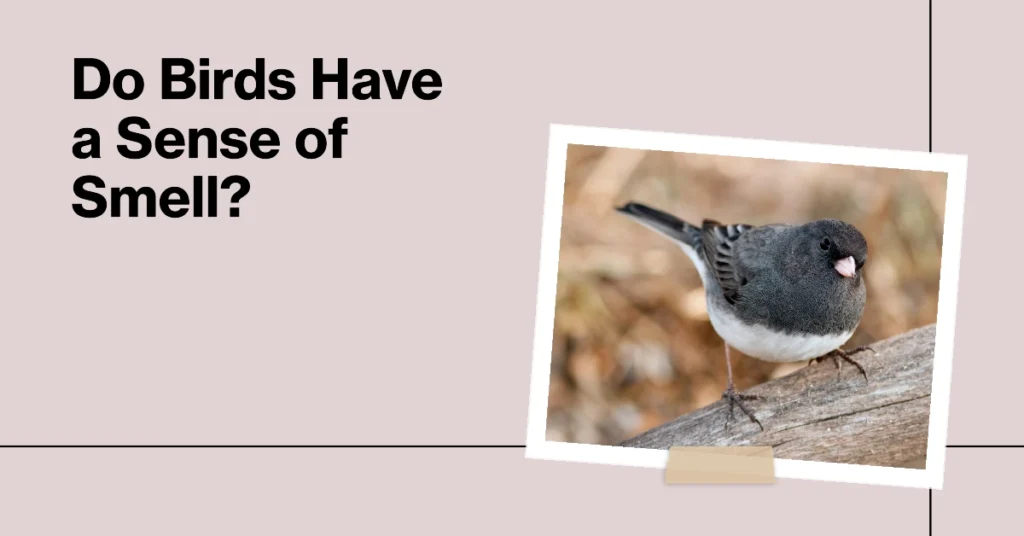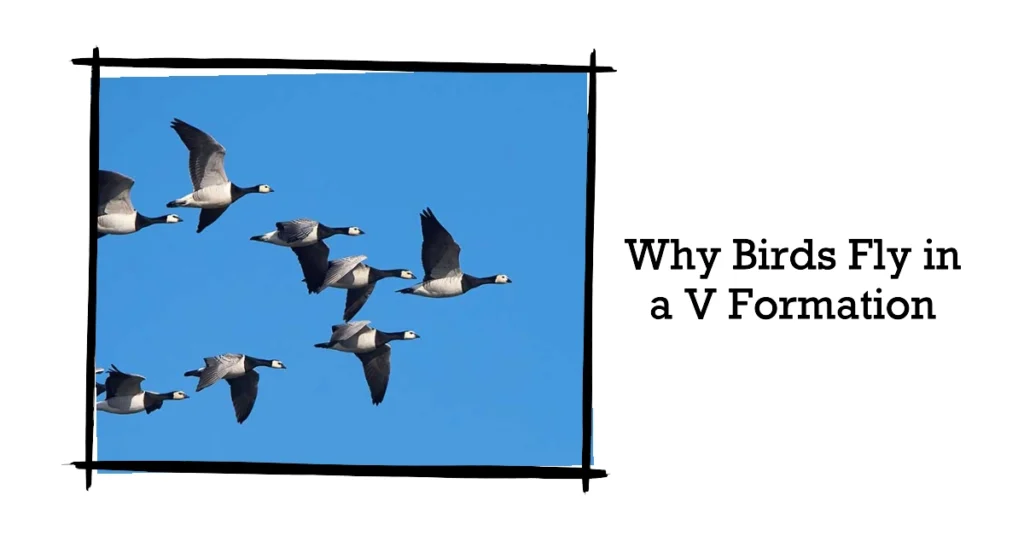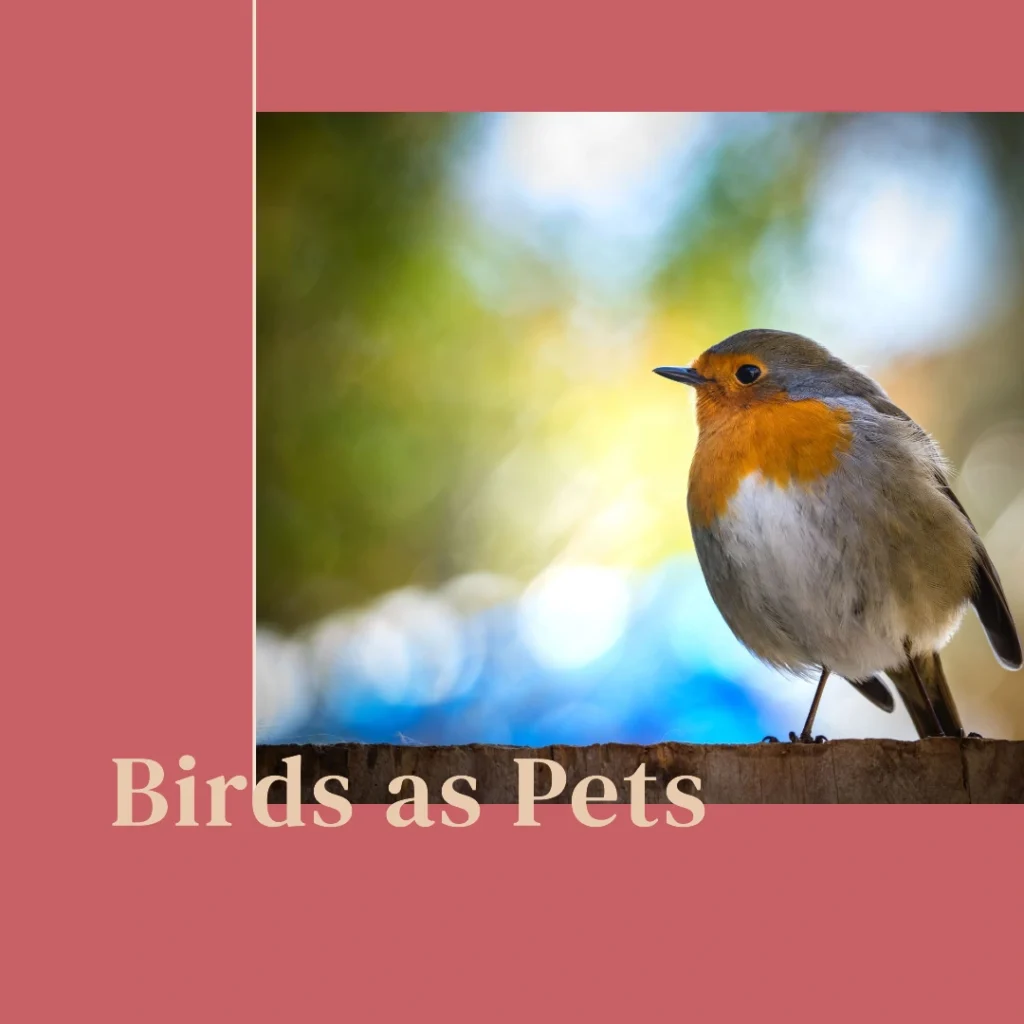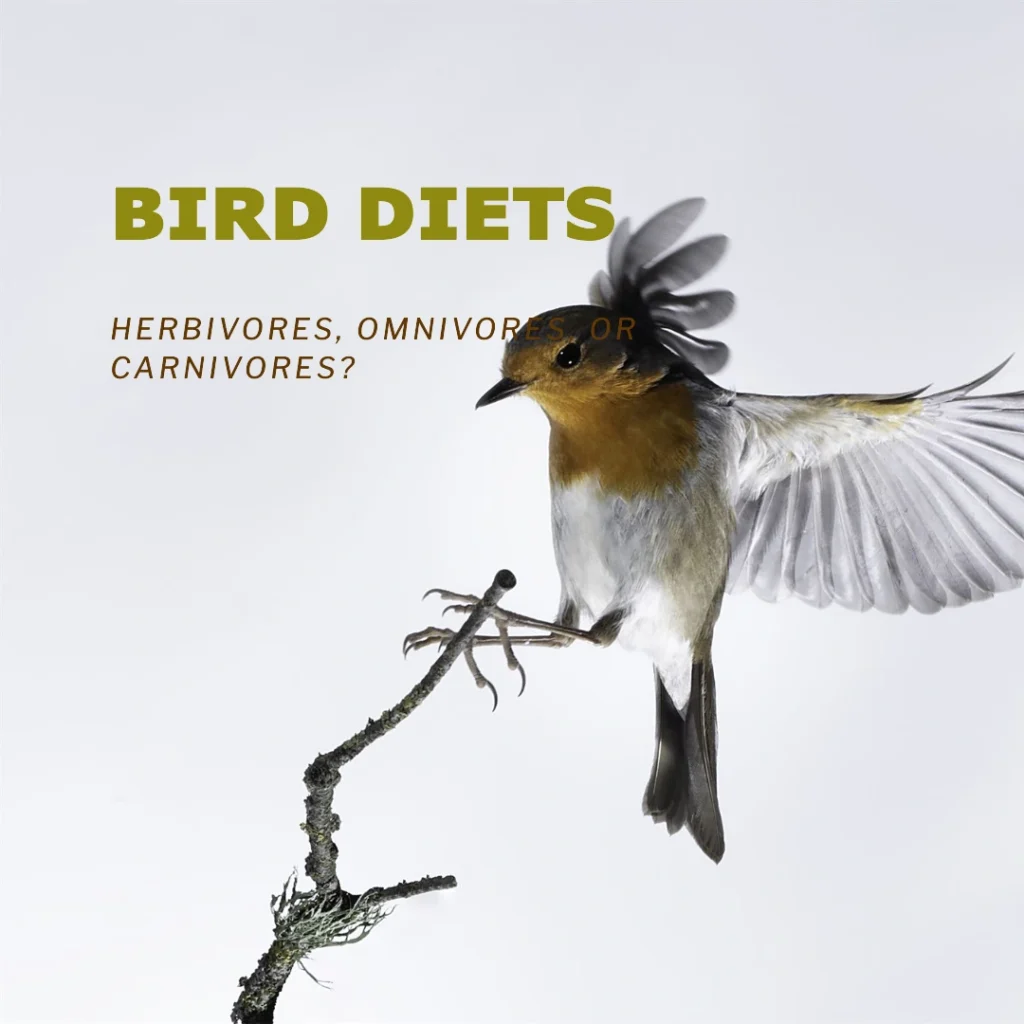
Bird watching is a popular hobby that connects people with nature and provides a deeper understanding of the biodiversity around us. One aspect of birding that often sparks debate is the capitalization of bird names. This article explores the various perspectives and rules regarding whether bird names should be capitalized, aiming to provide clarity and guidance on this topic.
What is Capitalization and Why is it Important?
Capitalization in the English language involves using a capital letter at the start of a word. It is used to denote proper nouns, which are names of specific entities, and to distinguish them from common nouns, which are more general. For bird names, capitalization can help clarify whether one is referring to a specific species or a general type of bird.
The Case for Capitalizing Bird Names

Clarity and Precision in Communication
Capitalizing bird names can significantly reduce ambiguity in communication. For example, saying “I saw a Yellow Warbler” clearly indicates the sighting of a specific species, whereas “I saw a yellow warbler” could imply seeing any warbler that happens to be yellow-colored. This distinction is crucial for accurate reporting and data collection in ornithology.
Consistency with Ornithological Standards
Many ornithological authorities and field guides, such as the International Ornithological Congress and the American Ornithological Society, advocate for the capitalization of bird names. This practice aligns with the standardized approach used in scientific communities, which aids in maintaining consistency across various texts and publications.
Respect and Recognition for Species
Capitalizing bird names also serves as a form of respect and recognition for the species. Just as we capitalize names of people, countries, and landmarks, capitalizing bird names acknowledges their importance and uniqueness in the natural world.
The Case Against Capitalizing Bird Names
Adherence to General English Language Rules
The general rule in the English language is to capitalize proper nouns but not common nouns. Some argue that bird names, when not referring to specific species, should not be capitalized as they do not fit the criteria of proper nouns.
Simplicity and Readability
Not capitalizing bird names can sometimes make texts easier to read and more approachable, especially for casual readers or those new to birding. It also avoids the potential clutter or overemphasis that might come from too many capitalized words in a text.
Guidelines and Style Choices
When to Capitalize
- Specific Species Names: Always capitalize the names of specific bird species such as “Bald Eagle” or “Blue Jay.
- In Scientific Contexts: Follow the capitalization rules of the relevant scientific bodies or journals.
When Not to Capitalize
- Descriptive Usage: Do not capitalize when using bird names descriptively, e.g., “several sparrows were seen.”
- General References: When referring to birds in general terms, lowercase is appropriate.
Practical Examples in Usage
- Correct: “The researchers observed the behavior of the Eastern Bluebird.”
- Incorrect: “The eastern bluebird was observed by the researchers.”
Conclusion
The decision to capitalize bird names depends largely on the context in which they are used. For scientific accuracy and clarity, capitalizing specific bird species names is recommended. However, in more general or informal contexts, adherence to standard English capitalization rules may be preferred. Ultimately, understanding the audience and purpose of the text will guide the appropriate use of capitalization for bird names.

